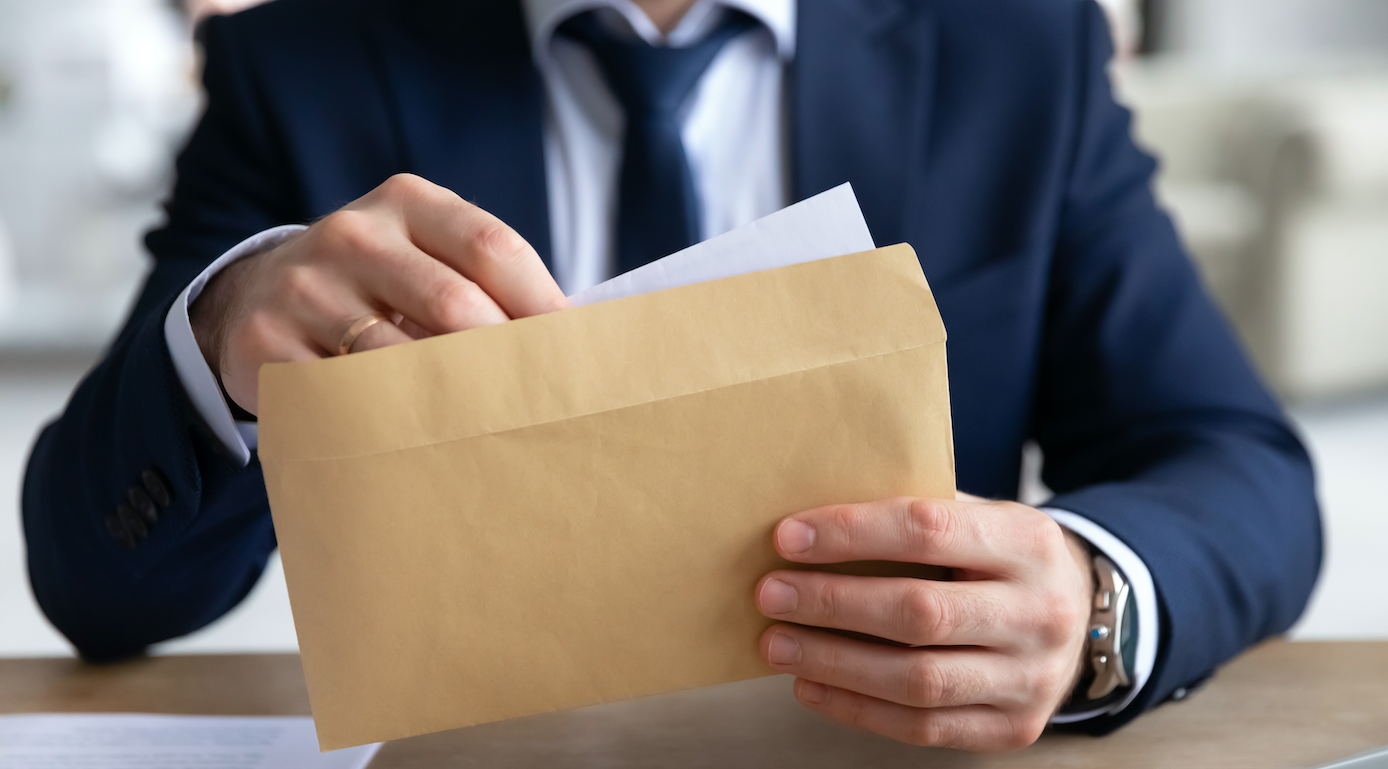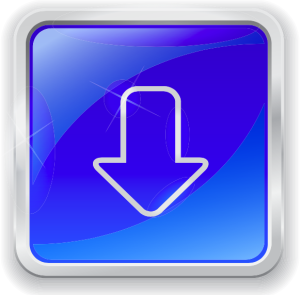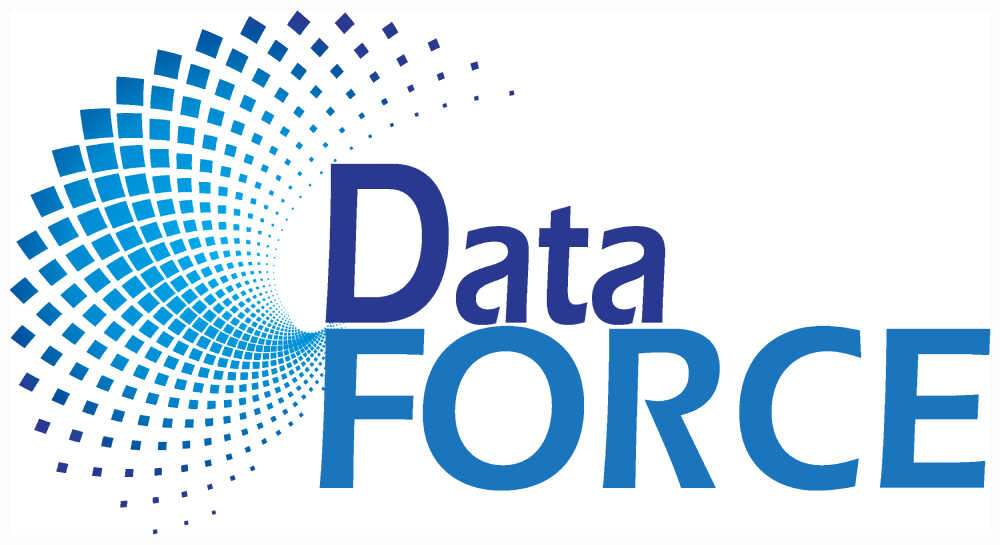
Envelope teasers are typically a short message printed on the outside envelope intended to appeal to readers, getting them to open the mail packet. Non‐response reduces the effective sample size and can introduce bias in mail survey research. Therefore, it is important to find ways to increase the response rate if you want to ensure your research quality.
In a 2007 study, “Methods to increase response rates to postal questionnaires” researchers evaluated 98 different methods to increasing mail survey response rates; 1000 participants were included for 62 of these combined trials. Correspondingly, the researchers discovered significant heterogeneity among trial outcomes in half of the tactics. Survey response was at least double when these four tactics were implemented: monetary incentives, recorded delivery, a more interesting questionnaire topic, and an envelope teaser.

Direct marketers have maintained that response rates to a promotional mailing can significantly increase with the use of a well thought of envelope teaser (Alpert 1986; Hodgson 1980; Lewis 1981; Ottaviano 1987), a 1991 study, “Increasing Mail Survey Response with an Envelope Tester” also confirmed that envelope teasers can increase mail survey response rate.
The 1991 Study: Increasing Mail Survey Response with an Envelope Tester
The study conducted in 1991 utilized a three-page, 20 item questionnaire that inquires about the respondent’s awareness of, and attitude towards, the insurance refund to which he or she was entitled. People selected for the study were randomly assigned to either a control group or a treatment group. Both groups were mailed:
- A Questionnaire
- Cover Letter
- Return envelop in a plain white outer envelope that implemented:
- use of first-class postage stamp
- had the return home address of one of the authors
- had the addressee’s name and address typed directly on the envelope
However, only the treatment group had the following teaser hand stamped in black ink on the outer envelope: DID YOU KNOW YOU ARE ENTITLED TO MORE MONEY?

Discussion of Results:
The study proves that creative teasers effectively increase response rates and response speed to a mail survey without significantly influencing the item omission rate. An item omission is stated as an unanswered question. In the experiment, the teaser increased the response rates by almost three times. Moreover, the study showed an increase in the speed of response by readers since within the first week, 47% of the treatment group responded while none of the control group responded. However, the study’s limitations show that teasers mainly appeal to young people and low-income earners.
A 2012 study, confirms the limitation of the envelope teaser:
“Getting physicians to open the survey: little evidence that an envelope teaser increases response rates”

In the 2012 study, teasers’ impact on response rates of physicians to a mail survey was assessed. Physicians were randomly assigned to receive a survey in an envelope with a colored “$25 incentive” sticker (teaser group) or an envelope without a sticker (control group). Results showed no significant difference in response rates was observed between the experiment and control conditions overall.
The 2012 study shows neither response rates nor non-response bias were impacted by using an envelope teaser in a survey of physicians in the United States. Confirming the limitation acknowledged in the 1991 study regarding income and age. Just as the researchers concluded in the 1991 study, this limitation can be turned into an advantage, for example, if the target respondents are high school or college students, then teasers are ideal to use.
Envelope teasers are easy to design. To create a compelling teaser, you must first determine the function of the teaser. For example, if the function is a benefit, you can use a teaser like “Gift Card Enclosed”. If the function is to establish urgency, you can use “Your response needed within 20 days”. Ultimately, for teasers to work, it needs to be well designed. No teaser is better than a lame teaser because a bad one might make your survey look like junk mail. Also, teasers are not limited to words but can include the overall design and images used. Ultimately, as the 2012 study recommends, whatever teaser you create, you must ensure that it can be delivered when the survey is completed.
For more information on data collection and mail surveys in general, contact DataForce!

We — the UW Survey Center — also conducted two experimental studies that showed no effects of envelope teasers! These were general population studies with randomly selected respondents. The experiments also varied the inclusion of monetary incentives, which were effective in increasing response rates.
Below is the abstract for our paper. Message me for a full copy (dykema@ssc.wisc.edu). I’m always looking to partner with others to design experiments to further our knowledge of how to increase participation and reduce bias in data collection!
“As researchers increasingly use mail survey methods to collect health and other data, research focused on optimizing features of survey design and administration in cost-effective ways is needed. We conducted two studies to examine the effects of sequential prepaid incentives and envelope messaging on response rates, item nonresponse, and costs in two mail surveys using address-based samples. Sample members in study 1 were randomly assigned to groups that received a preincentive of $2 versus $5, a second incentive of $0 versus $2 (sent only to nonresponders), and an envelope bearing no message or a monetary-focused message. Results indicated that the $5 preincentive significantly increased response rates, but neither the second incentive nor the message had an effect. Informed by the results of study 1, study 2 delivered a $2 preincentive to all sample members, but increased the amount of the second incentive to $5. Study 2 also tested a health-focused envelope message. While envelope messaging again failed to motivate participation, the administration of a second incentive, valued at a larger amount than the preincentive, significantly increased response rates. With regard to their effects on item nonresponse, while none of the variables was associated with item-missing levels in study 2, a significant three-way interaction was found in study 1 such that missing data was higher in the presence of a monetary message when a $2 preincentive was paired with a $2 second incentive. Cost analyses indicated that while larger incentives increased response rates, they also increased costs.”